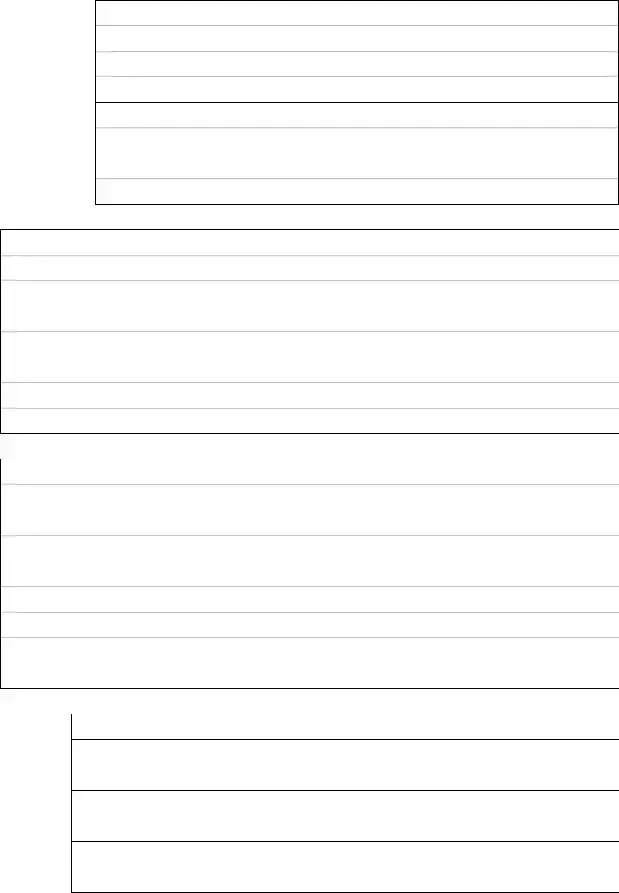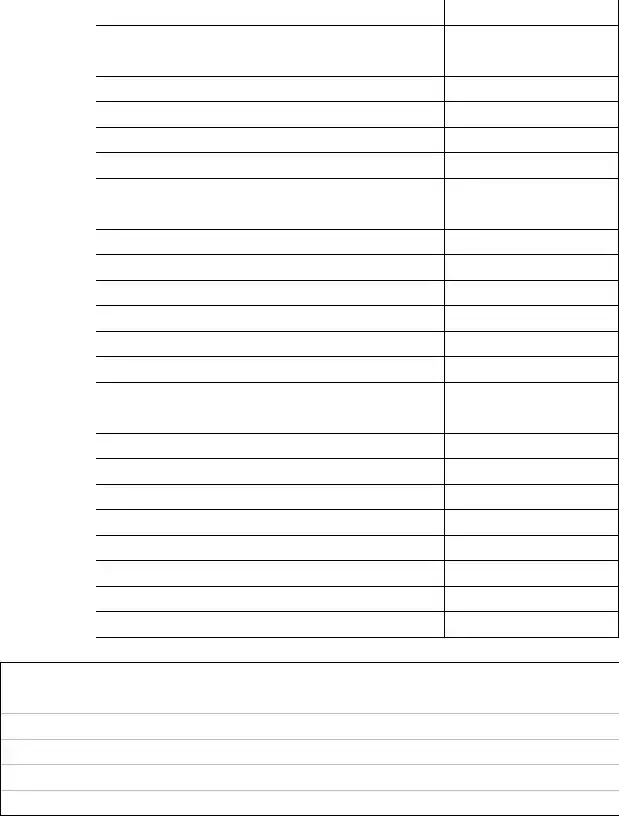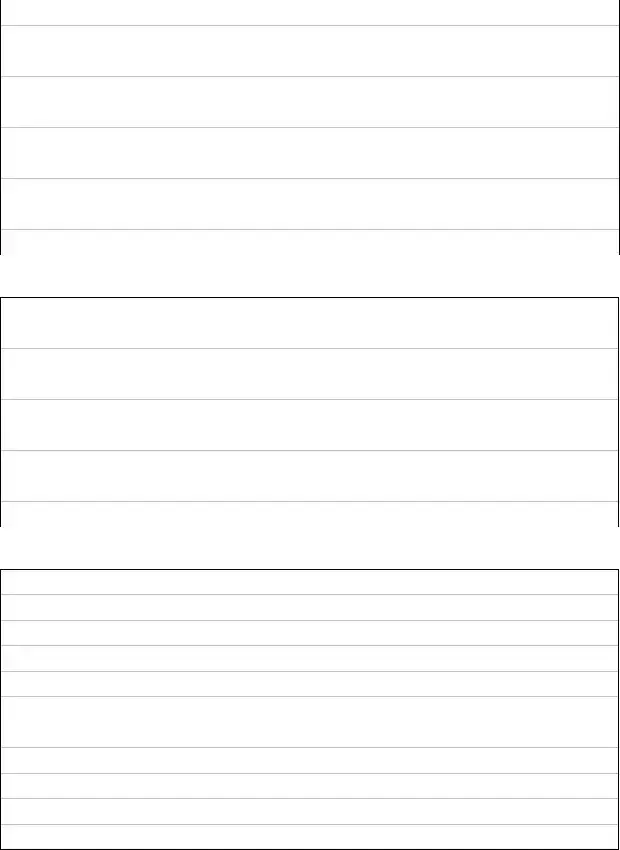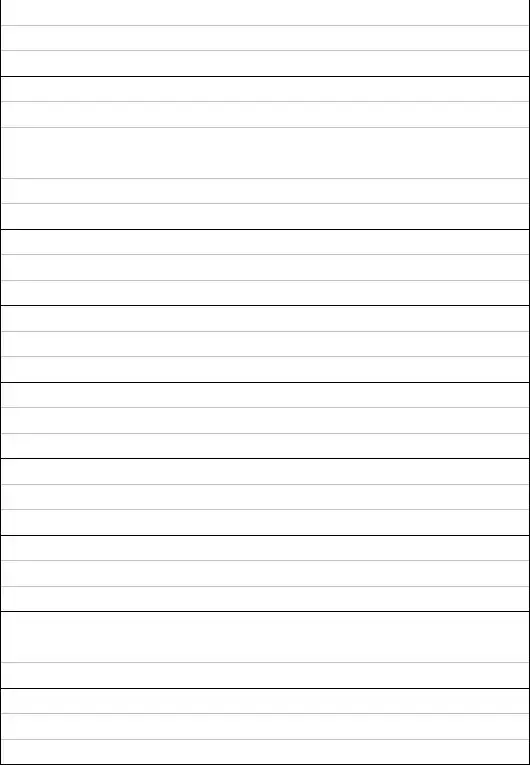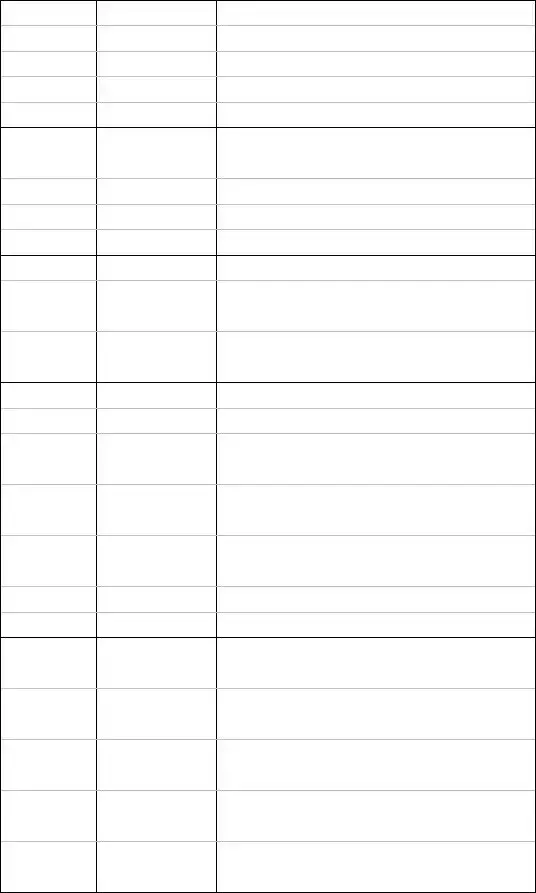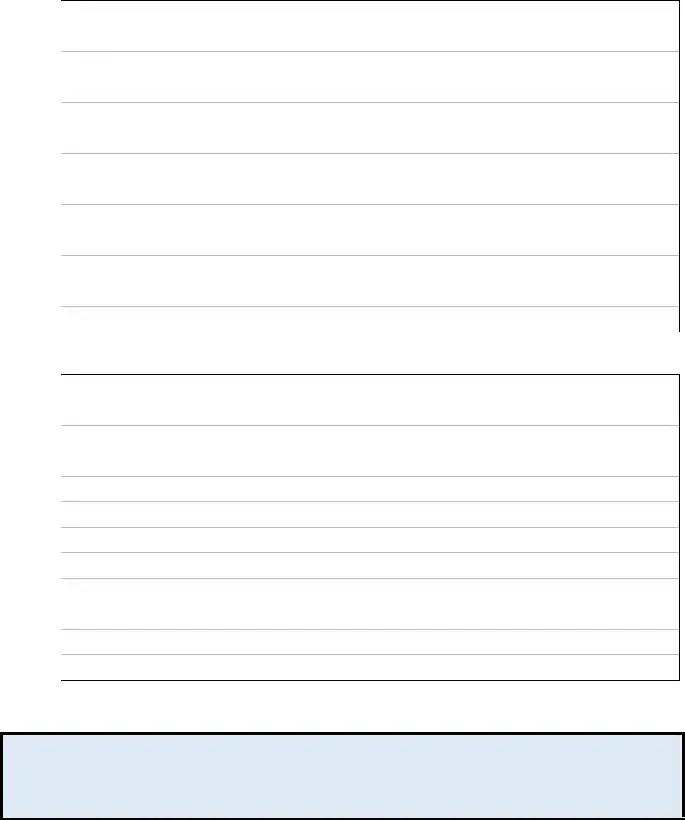Cooking
Merit Badge Workbook
This workbook can help you but you still need to read the merit badge pamphlet.
This Workbook can help you organize your thoughts as you prepare to meet with your merit badge counselor
Merit Badge Counselors may not require the use of this or any similar workbooks.
You still must satisfy your counselor that you can demonstrate each skill and have learned the information.
You should use the work space provided for each requirement to keep track of which requirements have been completed,
and to make notes for discussing the item with your counselor, not for providing full and complete answers.
If a requirement says that you must take an action using words such as "discuss", "show",
"tell", "explain", "demonstrate", "identify", etc, that is what you must do.
No one may add or subtract from the official requirements found on Scouting.org.
The requirements were last issued or revised in 2020 • |
This workbook was updated in September 2021. |
Scout’s Name:________________________________________________ |
Unit: ______________________________________________ |
Counselor’s Name: ________________________ Phone No.: ___________________________ Email: ____________________________
Please submit errors, omissions, comments or suggestions about this workbook to: [email protected]
Comments or suggestions for changes to the requirements for the merit badge should be sent to: [email protected]
1.a. Explain to your counselor the most likely hazards you may encounter while participating in cooking activities and what you should do to anticipate, help prevent, mitigate, and respond to these hazards.
Hazard |
How to anticipate, help prevent, mitigate, and respond |
Workbook © Copyright 2021 - U.S. Scouting Service Project, Inc. - All Rights Reserved
Requirements © Copyright, Boy Scouts of America (Used with permission.)
This workbook may be reproduced and used locally by Scouts and Scouters for purposes consistent with the programs of the Boy Scouts of America (BSA), the World Organization of the Scout Movement (WOSM) or other Scouting and Guiding Organizations.
However it may NOT be used or reproduced for electronic redistribution or for commercial or other non-Scouting purposes without
the express permission of the U. S. Scouting Service Project, Inc. (USSSP).
Cooking |
Scout's Name: ________________________ |
b.Show that you know first aid for and how to prevent injuries or illnesses that could occur while preparing meals and eating, including burns and scalds, cuts, choking, and allergic reactions.
Burns and scalds 
Cuts 
Choking 
Allergic reactions 
Cooking - Merit Badge Workbook |
Page. 2 of 33 |
Cooking |
Scout's Name: ________________________ |
c.Describe how meat, fish, chicken, eggs, dairy products, and fresh vegetables should be stored, transported, and properly prepared for cooking.
Meat  Fish
Fish  Chicken
Chicken  Eggs
Eggs 
Dairy
Products 
Fresh
Vegetables  Explain how to prevent cross-contamination.
Explain how to prevent cross-contamination.
d. Discuss with your counselor food allergies, food intolerance, and food-related illnesses and diseases. Food allergies
Food-related illnesses
Cooking - Merit Badge Workbook |
Page 3 of 33 |
Cooking |
Scout's Name: ________________________ |
Food intolerance
Food-related diseases
Explain why someone who handles or prepares food needs to be aware of these concerns.
e. Discuss with your counselor why reading food labels is important.
Explain how to identify common allergens such as peanuts, tree nuts, milk, eggs, wheat, soy, and shellfish.
Peanuts Tree nuts Milk Eggs Wheat Soy Shellfish
Cooking - Merit Badge Workbook |
Page 4 of 33 |
Cooking |
Scout's Name: ________________________ |
2.Nutrition. Do the following:
a.Using the MyPlate food guide or the current USDA nutrition model, give five examples for EACH of the following food groups, the recommended number of daily servings, and the recommended serving size:
Example |
Daily servings |
Serving Size |
1. Fruits
2.Vegetables
3. Grains
4. Proteins
5. Dairy
b. Explain why you should limit your intake of oils and sugars.
Cooking - Merit Badge Workbook |
Page 5 of 33 |
Cooking |
Scout's Name: ________________________ |
c. |
Determine your daily level of activity and your caloric need based on your activity level. |
Then, based on the MyPlate food guide, discuss with your counselor an appropriate meal plan for yourself for one day.
d.Discuss your current eating habits with your counselor and what you can do to eat healthier, based on the MyPlate food guide.
Cooking - Merit Badge Workbook |
Page 6 of 33 |
Cooking |
Scout's Name: ________________________ |
e.Discuss the following food label terms: calorie, fat, saturated fat, trans fat, cholesterol, sodium, carbohydrate, dietary fiber, sugar, protein.
Calorie
Fat
Saturated fat
Trans fat
Cholesterol
Sodium
Carbohydrate
Dietary fiber
Sugar
Protein
Cooking - Merit Badge Workbook |
Page 7 of 33 |
Cooking |
Scout's Name: ________________________ |
|
Explain how to calculate total carbohydrates and nutritional values for two servings, based on the serving size |
|
specified on the label. |
3.Cooking Basics. Do the following:
a.Discuss EACH of the following cooking methods. For each one, describe the equipment needed, how temperature control is maintained, and name at least one food that can be cooked using that method: baking, boiling, broiling, pan frying, simmering, steaming, microwaving, grilling, foil cooking, and use of a Dutch oven.
Method |
Food |
Equipment needed |
How is food cooked and temperature maintained? |
Baking |
|
|
|
Boiling
Broiling
Cooking - Merit Badge Workbook |
Page 8 of 33 |
Cooking |
Scout's Name: ________________________ |
b. |
Discuss the benefits of using a camp stove on an outing vs. a charcoal or wood fire. |
c.Describe for your counselor how to manage your time when preparing a meal so components for each course are ready to serve at the correct time.
Note: The meals prepared for Cooking merit badge requirements 4, 5, and 6 will count only toward fulfilling those requirements and will not count toward rank advancement or other merit badges. Meals prepared for rank advancement or other merit badges may not count toward the Cooking merit badge. You must not repeat any menus for meals actually prepared or cooked in requirements 4, 5, and 6.
Cooking - Merit Badge Workbook |
Page 10 of 33 |
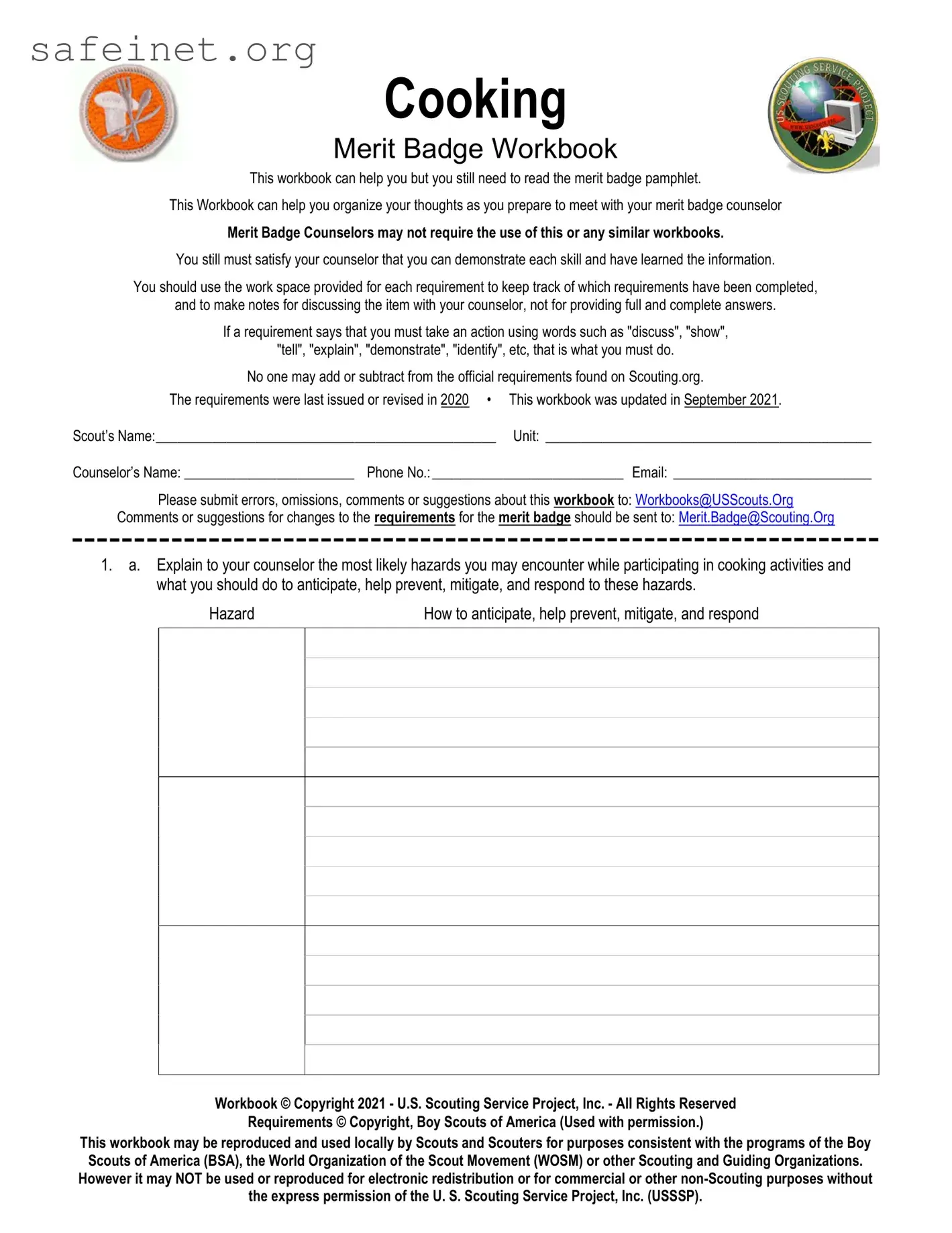
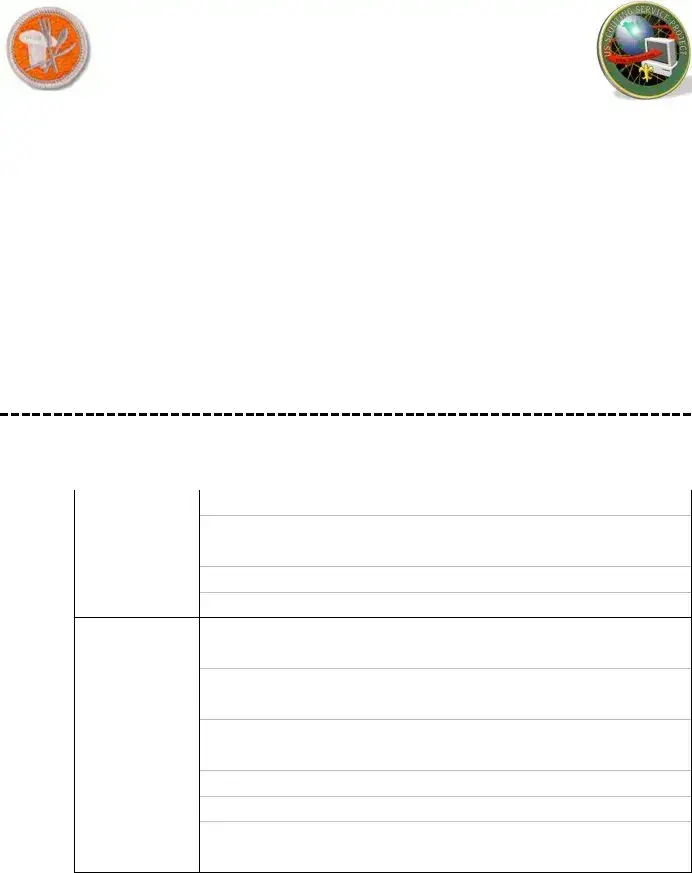
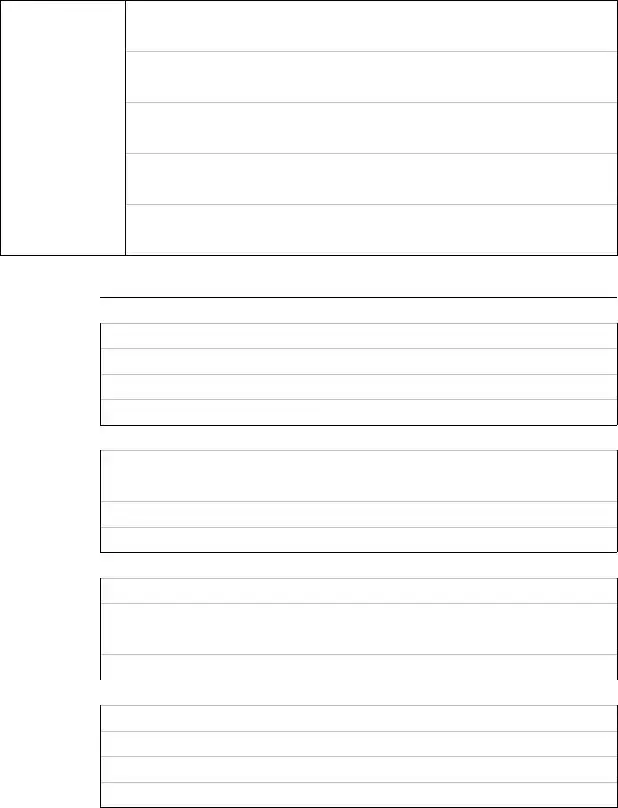





 Fish
Fish  Chicken
Chicken  Eggs
Eggs 

 Explain how to prevent
Explain how to prevent 